Shared Humanity
Humans being humans
Photo of people walking in a line playfully illustrating the gradual shift of early humans crouching and evolving into an upright posture and checking a smartphone brought to you by Johannes Plenio at Unsplash.
Even though it is a time of uncertainty and strain in our world, don’t forget that seeking the company of others is a great way to cope and feel supported by life.
So:
I want to share an inspiring moment experienced at a recent Tai Chi class. There was a moment when everyone moved together in perfect sync, performing a simple Tai Chi form. It felt like we shared the same thoughts, space, and even the air in the room. We were so absorbed in the practice that the outside world—news, worries, even physical discomfort—seemed to fade away. The sense of unity seemed to flow into the group directly from each player (when you do Tai Chi, you play Tai Chi like music or a game). This, to me, embodies the ideal of Tai Chi and meditative movement practice in general: when you are in a state where harsh extremes disappear, what remains is a feeling of harmony conducive to rest and healing on the inside and out. When the experience of meditative movement is shared with others, it as an experience of shared humanity and co-regulation.
Co-regulation and Shared Humanity
A moment of “shared humanity” is a moment of experiencing what it means to be human, which can be inspiring and joyful. Shared humanity can also be a sense of sharing the tragic and sad things, like an entire population going through a disaster, loss or catastrophe at the same time and coming out to help and comfort one another. Tuning into this sense of shared humanity of the moment can reduce stress in social situations, because one of its main characteristics is not feeling alone and cut off. Whenever two or more people come together, there is a possibility for what neuroscientists call “co-regulation” to occur: in co-regulation, the nervous systems of the people in a group can get regulated through social signals of safety, and so return back to non-agitated states together. Examples of signals of safety include what happens when two friends come together to do ordinary things like watching a movie together, doing sports, playing games, or sharing a meal. While these things are happening, the friends can be exchanging eye contact, using gentle tones of voice when communicating, facing the same direction to watch or experience the same sunset, laughing about shared observations in the moment. Co-regulating behavior has been observed in young children soothing other children in distress when one child places a little hand on the shoulder of another or a child spontaneously offers another child a hug to comfort them. It is an example of humans being humans together and the result of human evolution over millennia. We are social creatures.
Such states can also feature other aspects of the nervous system getting synchronized, such as the rate of blinking the eyes and breathing. Indeed, such synchronization can be done on purpose and with intent to co-regulate when a group engages in the same breathing patterns, unified movement, and the shared intentions of peace and harmony as is done in meditative movement practice (Tai Chi, Yoga, Meditation and Qigong, for example). In an experience of shared humanity, co-regulation happens when group members seek to include and accommodate the perspective and experience of others so as to harmonize and be “on the same page” and “stay together in time,” as when singing the same song or doing meditative movements together. Cultivating shared humanity and co-regulation involves observing others—recognizing them as a part of nature, living and changing from moment to moment—and being seen yourself so that everyone feels included.
The innate capacity to recognize one another this way can lead to an experience of harmony and peace within that feels like safety to the nervous system. Such safety is what allows the nervous system to rest, digest, and trust others. The opposite is also true: Under stress, the body is not at rest and may in fact experience digestion challenges and distress, and in such states trusting others in social situations is not easy. In mindbody arts, this state of inner harmony is a sort of biological default or home base that we need to return to regularly in order to reset the nervous system. When we are there at home base, cultivating states of regulation, we become more capable of co-regulating with others. In seeking the company of others to practice mindbody arts or socialize, you can share your humanity and co-regulate.
I personally have called this group experience of harmony a “collective relaxation response,” and indeed at times of great grace, group practice has felt as if the collective seems to breathe a sigh of relief together as we remember our innate wholeness. It can be very healing. The invitation is to carry this embodied experience of shared humanity and collective relaxation into everyday life.


